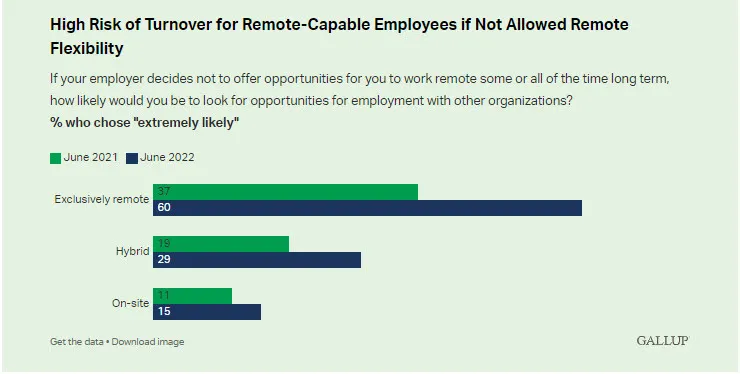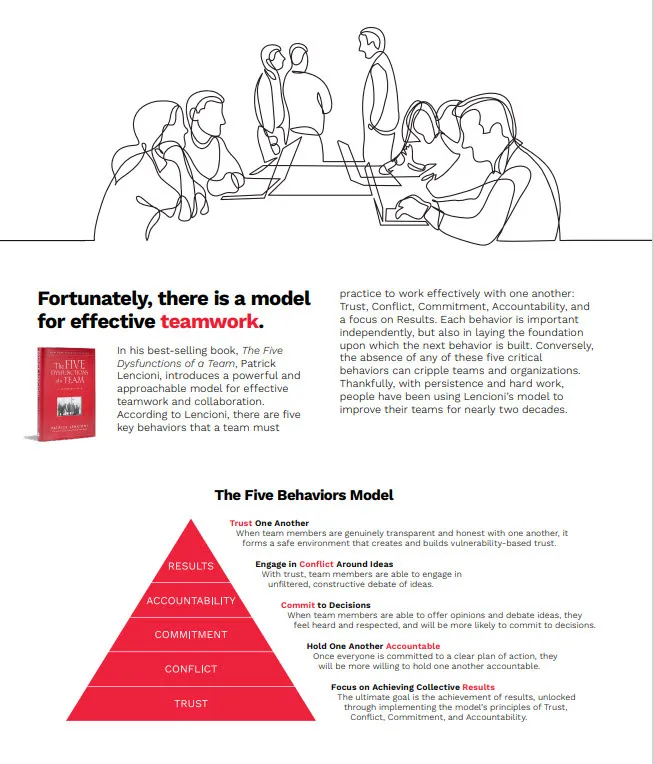State of Remote Work
In This Issue
- Gallop Report: State of Remote Work
- The Five Behaviors™ Team Development Model

The Gallop Findings
Gallup estimates that 70+ million U.S. workers can do their job working remotely.
Only two in 10 remote-capable employees are currently working fully on-site.
When an employee's location preference doesn't match their current work location, burnout rises while engagement drops.
The "Great Global Work-From-Home Experiment" created by the pandemic has changed how we work and expect to work far into the future. As organizations ease back into office life, employees and employers are navigating a new chapter in this experiment.
This new chapter is just beginning to write itself as 2022 progresses and more employees return to the office for at least part of their week. Navigating the journey back to the office and crafting a long-term remote work strategy will require a clear understanding of how organizations are structuring remote work flexibility and what is working best for employees.
Key Questions for Leaders:
Using a nationally representative sample of 8,090 remote-capable U.S. employees surveyed in June 2022, we explored the following questions:
- How many remote-capable employees are currently working hybrid or fully remote?
- Where do they expect to work long-term and where would they prefer to work?
- What happens when remote-capable employees do not work in their preferred location(s)?
Significant Findings
Current work location for remote-capable workers as of June 2022:
- five in 10 are working hybrid (part of their week at home and part on-site).
- three in 10 are exclusively working remotely.
- two in 10 are entirely on-site.
The Risks
Employees who don't work in their preferred location have significantly lower employee engagement, alongside higher burnout and desire to quit. They simply do not feel well-positioned to do their best work or live their best life.
Click Here to Access the Full Article
A Proven Solution
The Five Behaviors is the only team development solution that empowers individuals through self-discovery and constructive behavioral modeling to rewrite the traditional rules of teamwork--particularly remotely.

Based on Patrick Lencioni's best-selling book, The Five Dysfunctions of a Team, applying the Five Behaviors model (above) can enhance the ability for individuals within your organization to work together more effectively—even remotely.
These skills are more critical now than ever—it’s time to rewrite the rules of teamwork.
Click Here to Learn How You Can Build Higher Performing, Cohesive Teams.
